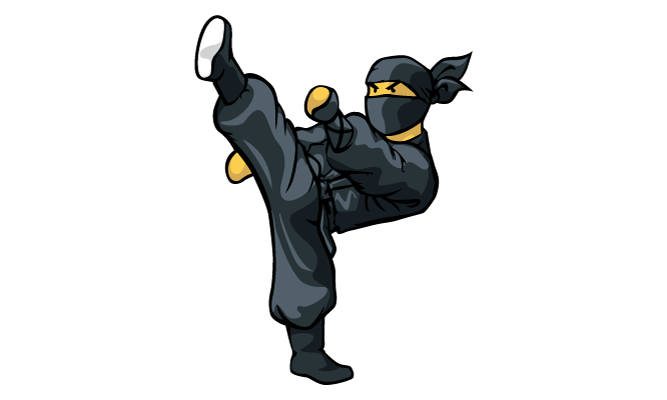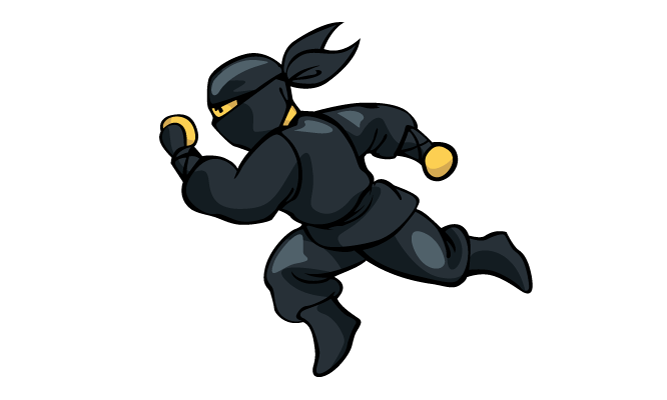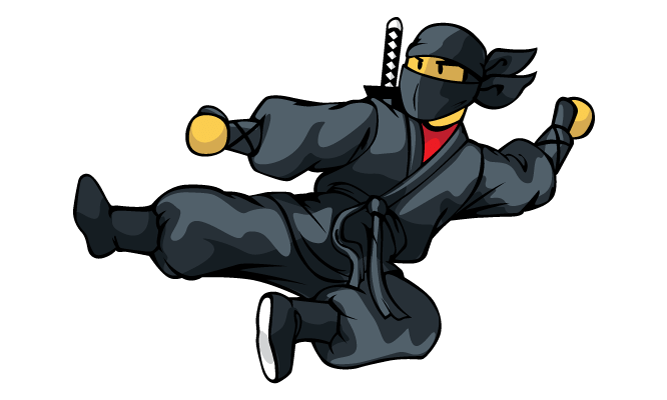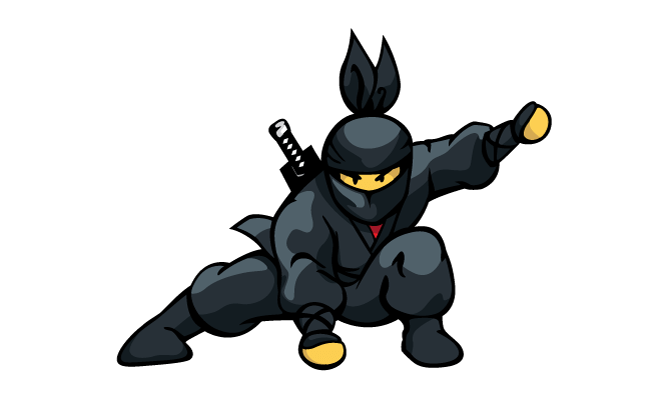“Paint the fence. Up…down. Up! Down!” and so goes the story of Daniel LaRusso and Mr. Miyagi in The Karate Kid movie released in 1984. As the two meet and practice Karate together, Daniel faces his limits. It was not an indulgent process; nonetheless, Daniel was grateful to be taught by Mr. Miyagi. He knew this wasn’t just about Karate; it was also a life-long lesson in discipline to get prepared for ultimate life challenges — anything that is genuinely meant to be built will last. Likewise, the best innovators recognize that discipline is not innate. However, the good news is that anyone can achieve great discipline. It requires countless repetitions of the right actions for these skills to progress and, when mastered, keep them sharp and have them evolve through time.
So, where to start, right? First, understanding and trusting the innovation leader is essential, considering that the leader will be the one shepherding the innovation efforts forward. As in the movie, they say: “Never trust a spiritual leader who cannot dance”. You cannot forecast successful outcomes if the innovation owner does not share their passion and, inevitably, if they are not 100% committed and ready to give their best shot every single day. Innovation, as a priority in your organization, should be integrated as a core process and should be included in all executives’ strategic plans. Ideally, the CEO of an organization should be the person who is the most engaged to ensure all stakeholders carry the innovation mandate — going from top-down.
To achieve such discipline, and to maintain it, a system and process are required. By working closely with world-renowned organizations, we have identified five key areas leaders should focus on to build a strong innovation discipline:
Creative Balance – Innovation Portfolio
“Better learn balance. Balance is key. Balance good, karate good. Everything good. Balance bad, better pack up, go home. Understand?” – Mr. Miyagi

Put yourself in this situation: You’re new to karate and Mr. Miyagi asks you to give your best shot — try giving a solid kick or try throwing a hard punch. It all seems to be going so well until you face the floor. Regrettably, you have forgotten to consider the fundamentals of karate: a steady posture. Similarly, when it comes to innovation, what really sets the pace for how your efforts produce the desired outcomes is how your organization looks at and accounts for all the investments made in your Innovation Portfolio. To create a balanced and robust innovation portfolio, you have to go beyond the headline of measuring investments and understanding each innovation’s impacts. It would be best to diversify from incremental improvements to moonshots — a healthy and balanced portfolio — and understand that disruptive innovation is much harder to track, measure and monitor.
Wax on, wax off – Innovation Strategy
“Man who catch fly with chopstick, accomplish anything.” – Mr. Miyagi

You jump in the air and throw a nice back punch, but you totally miss your opponent. A great effort that produces no results is a routine occurrence in the world of innovation. Being able to constantly find the right match between your current capabilities and the company’s stated objectives can be easier said than done. To identify your innovation journey objective’s scope and length, it requires a good understanding of your Innovation Strategy. Alignment with the business is a constant struggle that needs to be carefully executed to ensure you have a clear judgment of which investments are best to embrace and act on when it’s time to scale and commercialize.
No single path to glory – Innovation Governance
“Either you karate do “yes” or karate do “no.” You karate do “guess so,” (get squished) just like grape.” – Mr. Miyagi
 Showing off or trying out all your fancy moves, like a spinning hook kick and flying back kick, is not how you win the fight. Likewise, when it comes to innovation there is no single event or formula that works all the time. The right Innovation Governance model gives you the flexibility to try different creative campaigns, and approach the problem in different ways. Sometimes, many small incremental steps can lead to a breakthrough, and other times, it can lead to multiple failures — just like Thomas Edison, who failed 1,000 times before inventing his first light bulb prototype. There is no magic recipe, but finding the right Innovation Governance model for your organization can enable you to experiment and find the path to leap.
Showing off or trying out all your fancy moves, like a spinning hook kick and flying back kick, is not how you win the fight. Likewise, when it comes to innovation there is no single event or formula that works all the time. The right Innovation Governance model gives you the flexibility to try different creative campaigns, and approach the problem in different ways. Sometimes, many small incremental steps can lead to a breakthrough, and other times, it can lead to multiple failures — just like Thomas Edison, who failed 1,000 times before inventing his first light bulb prototype. There is no magic recipe, but finding the right Innovation Governance model for your organization can enable you to experiment and find the path to leap.
Expect the unexpected – Innovation Skills and Development
“Only root karate come from Miyagi. Just like bonsai choose own way grow because root strong you choose own way do karate same reason.” – Mr. Miyagi

Once you learn the martial arts basics, you can mix and match and use several creative combinations of hundreds of different moves, each of which can be the right approach, at the right time, for the right opponent. Innovation is not easy and can be an adventure that sometimes takes one step forward and then, two steps back, only to find a better path once again. An Innovation Skills and Development plan must outline the current skill inventory, proficiency level, and the extent to which there is a desire to get involved with certain types of projects. This talent pool should be further categorized into how an effective team of innovators needs to come together to generate results.
Sweep the leg – Innovation Culture
“No such thing as bad student, only bad teacher. Teacher say, student do.” Mr. Miyagi

50% of karate practitioners never make it beyond a white belt and another third make it to a couple of more belts, but that’s not even halfway and well short of the journey to achieve the elusive black belt. For innovation results to be sustainable, you need a robust Innovation Culture. Innovation plays a vital role in your organization’s success and should be embraced by your entire workforce and other key stakeholders, such as customers. Achievements, and most importantly, failures, should be celebrated together as a team. People’s everyday innovation initiatives and contributions can be measured and recognized, even when it fails. It’s easy to lose participation, or worse yet, employee engagement, if you don’t calibrate and finetune gaming mechanics adequately.
For the crescendo, Daniel is standing on just one leg and you hear someone shout “Get him a body bag… yeah!!!” and another says “No mercy”, as the teacher finally says “Finish him!”. But this is when the “Arts of Mars” (Latin for Martial Arts) for Innovation should kick in — carefully applying the profound discipline you have developed throughout your innovation journey — and perform that one last move that will knock your opponent out cold to win the battle.
About the Author:
Ludwig Melik, CEO of Planbox
As a visionary thought leader and passionate technology advocate, Ludwig has the opportunity to work with some of the most innovative companies in the world every day. Sharing enterprise innovation success stories, design thinking methodologies and agile work processes are some of his ardent talking points. With 20+ years of experience in the project portfolio management and innovation management market, Ludwig looks to help organizations positively transform their work culture to create sustainable growth and ongoing success by galvanizing employee engagement and by igniting creative ideation.

